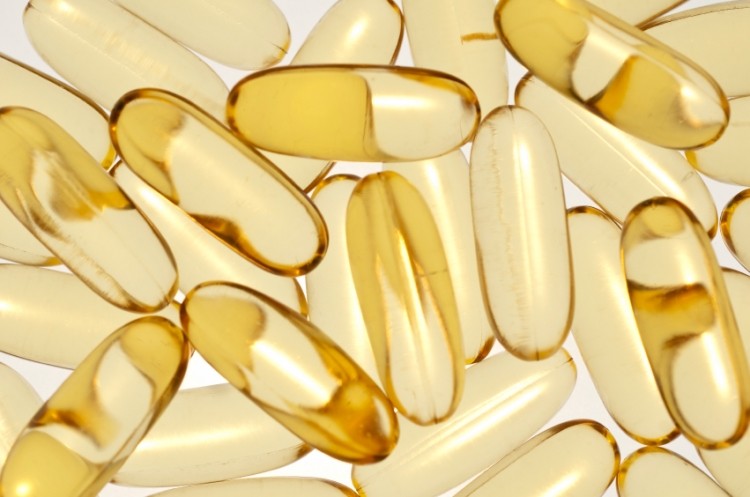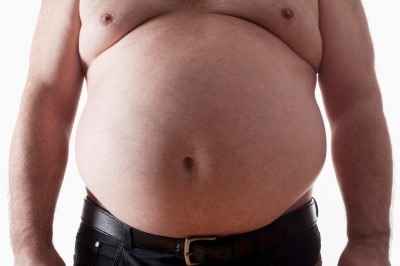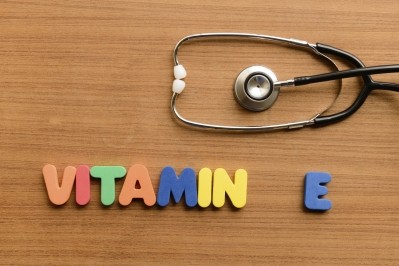‘The ratio of vitamin E to PUFA is critical & requires deeper examination’: DSM

Writing in the British Journal of Nutrition, the DSM scientists not that vitamin E is recognized as a key essential lipophilic antioxidant in humans, and plays a key role in protecting lipoproteins and cellular and intracellular membranes from damage. The nutrient accumulates in DHA-rich, rather unstructured domains, it stabilizes the membrane and protects DHA from oxidative damage.
However, over 90% of North Americans are consuming insufficient levels of vitamin E, while also being encouraged to consume more PUFAs, explained Dr Daniel Raederstorff, principal scientist with DSM Nutritional Products, Human Nutrition & Health, and his co-authors.
Dr Raederstorff and his co-authors argue that vitamin E requirement will therefore need to increase with a rise in PUFA consumption and with the degree of unsaturation of the PUFA in the diet. High intake of PUFAs accompanied by a very low intake of vitamin E may lead to symptoms of vitamin E deficiency, they note.
“The ratio of vitamin E to PUFA in the human diet is critical and requires deeper examination,” said Dr Raederstorff, who is a principal scientist with DSM Nutritional Products, Human Nutrition & Health. “However, so far, there has been no consensus on the exact vitamin E to PUFA ratio to determine the vitamin requirement, as it might not be applicable to all types of diet and health status.”
“Even if more research is needed to precisely define the vitamin E requirement in humans, it is important in view of the critical interactions between vitamin E and PUFAs to ensure adequate intake,” added Prof Manfred Eggersdorfer, Sr VP of Nutrition, Science & Advocacy at DSM.
Estimations
The scientists concentrated on RRR-alpha-tocopherol – the form of vitamin E that is reportedly the preferred form absorbed and maintained in the human body. They calculated that an average additional vitamin E requirement 0.5 mg of RRR-alpha-tocopherol was needed for every gram of PUFAs. This worked out to be an estimated requirement for vitamin E ranging from 12 to 20 mg/day for a typical range of dietary PUFA intake.
“Although more research is needed to precisely define the vitamin E requirement in humans, it is important in view of the critical interactions for health between vitamin E and PUFA to ensure an adequate intake of vitamin E in humans, particularly when the dietary PUFA intake is increased,” they concluded.
Source: British Journal of Nutrition
Published online ahead of print, doi: 10.1017/S000711451500272X
“Vitamin E function and requirements in relation to PUFA”
Authors: D. Raederstorff, A. Wyss, P.C. Calder, P. Weber, M. Eggersdorfer
















